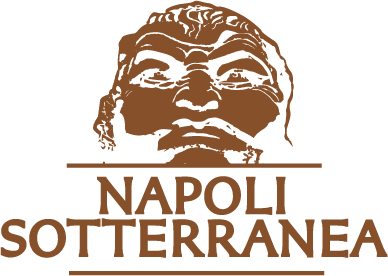The ancient Neapolitan trades represent a rich testimony to the history and culture of Naples, a city where centuries-old traditions mingle with modernity. These trades, handed down from generation to generation, were fundamental to the city’s economy and daily life. Here is an overview of some of the most significant trades.
The Waterman
The acquaiolo-also called acquafrescaio-was an indispensable figure on the streets of Naples, especially in times when running water was not accessible in homes. This peddler distributed fresh water, often flavored with anise or lemon, bringing relief on hot summer days. He would roam the alleys with a large container of water, attracting passersby with his characteristic lure. To this day, the figure of the aquafresco maker has not entirely disappeared. Well, yes, because in the center of Naples you can still see some kiosks where you can buy freshly prepared drinks. One of the best known is in fact: the “open thigh” lemonade. Among the best-known kiosks still present in the city are the one in Piazza Trieste e Trento, and again, the Chalet ai Platani in Piazza Sannazaro, the Oasi Chiaia (on the street of the same name) and the Chiosco Aurelio at the Riviera di Chiaia.
The Coffee Maker
The coffee maker was another iconic character. Before the advent of modern coffee bars, the caffettiere prepared and served coffee in the streets and squares. He used a “cuccumella” – that is, the ancient Neapolitan coffee pot – to prepare coffee, which, as is still the case today, was accompanied by a glass of water. This trade for Neapolitans represented not just a simple salesman, but a social reference point where Neapolitans stopped for a break and to chat with fellow citizens.
The Shoeshine Man
The shoe-shiner, or “scarparo,” was a widespread trade in the Neapolitan alleys. Armed with brushes, creams and polishes, the shoe-shiner offered the service of cleaning and polishing shoes for a few cents. He often worked on small stools where customers could sit while he cleaned their shoes, making them as shiny as new.
The Pazzariello
The pazzariello was a colorful character, often hired to promote events or sales in stores. Dressed in gaudy clothes and an extravagant hat, the pazzariello played musical instruments and recited improvised verses to attract the attention of the crowd. He was a kind of “announcer” who, with his verve and charisma, brought cheer and color to the streets of Naples.
The Cobbler
The cobbler, or “shoemaker,” was a craftsman who repaired and made shoes by hand. This trade required great manual skill and a thorough knowledge of materials. The cobbler often worked in small stores, where customers could bring their shoes to be repaired or remade, thus extending the life of their shoes.
These are only a part of the ancient Neapolitans, but they represent-for all intents and purposes-a window into a past rich in tradition and craftsmanship. And although many of these figures have disappeared or been transformed by modernity, their memory remains alive in the culture and history of Naples: evidence of a time when manual labor and ingenuity were at the center of city life.

